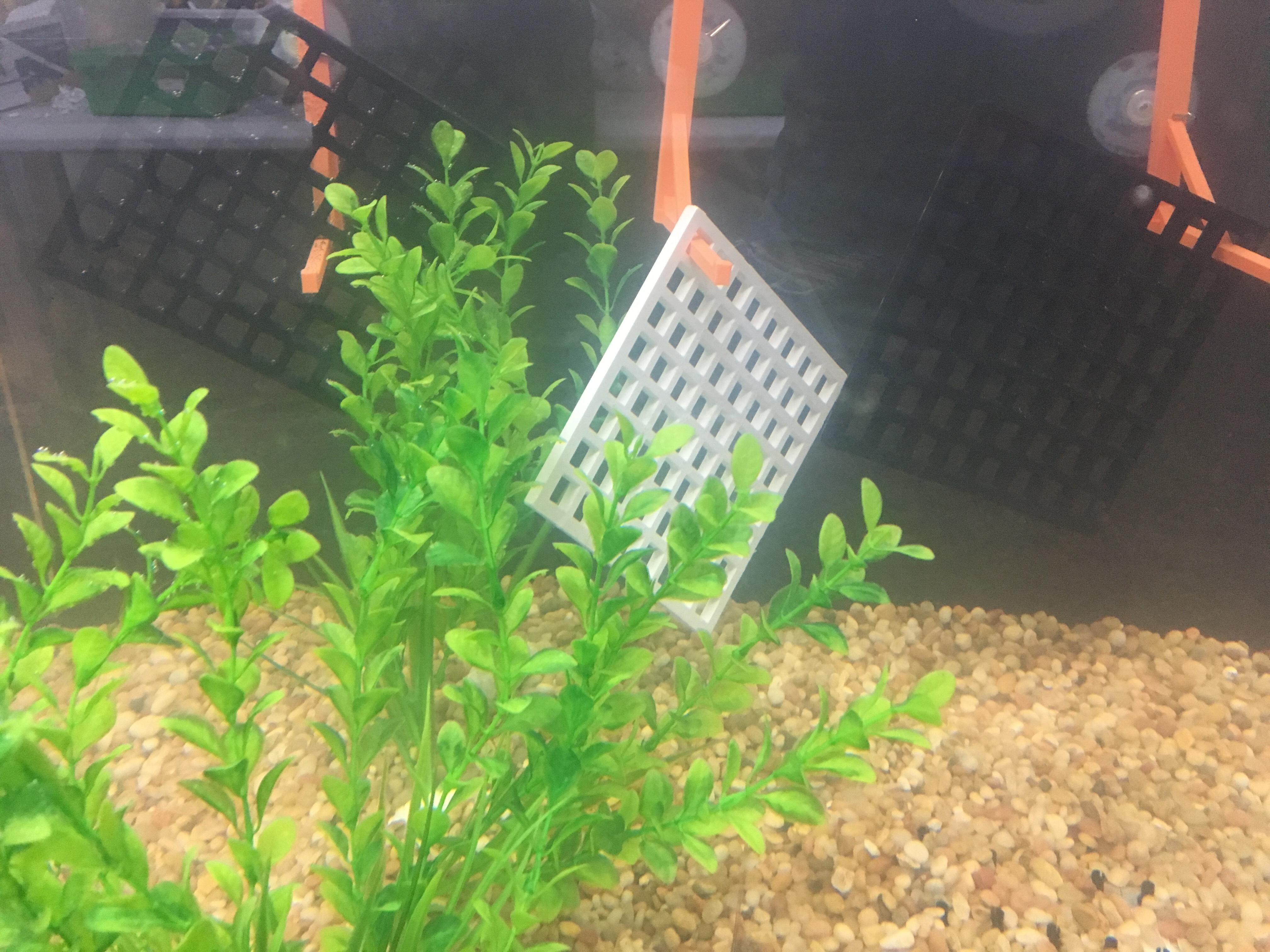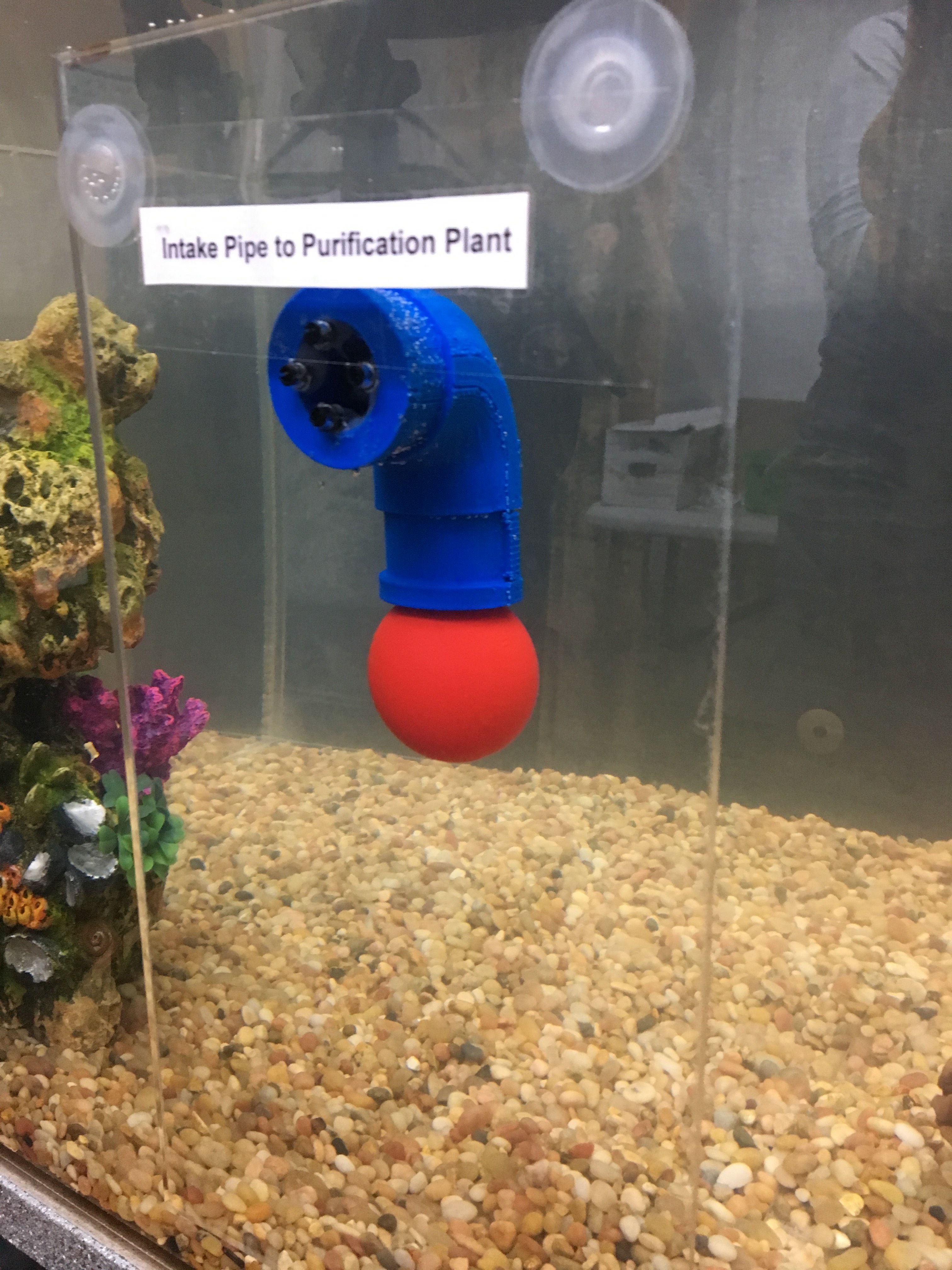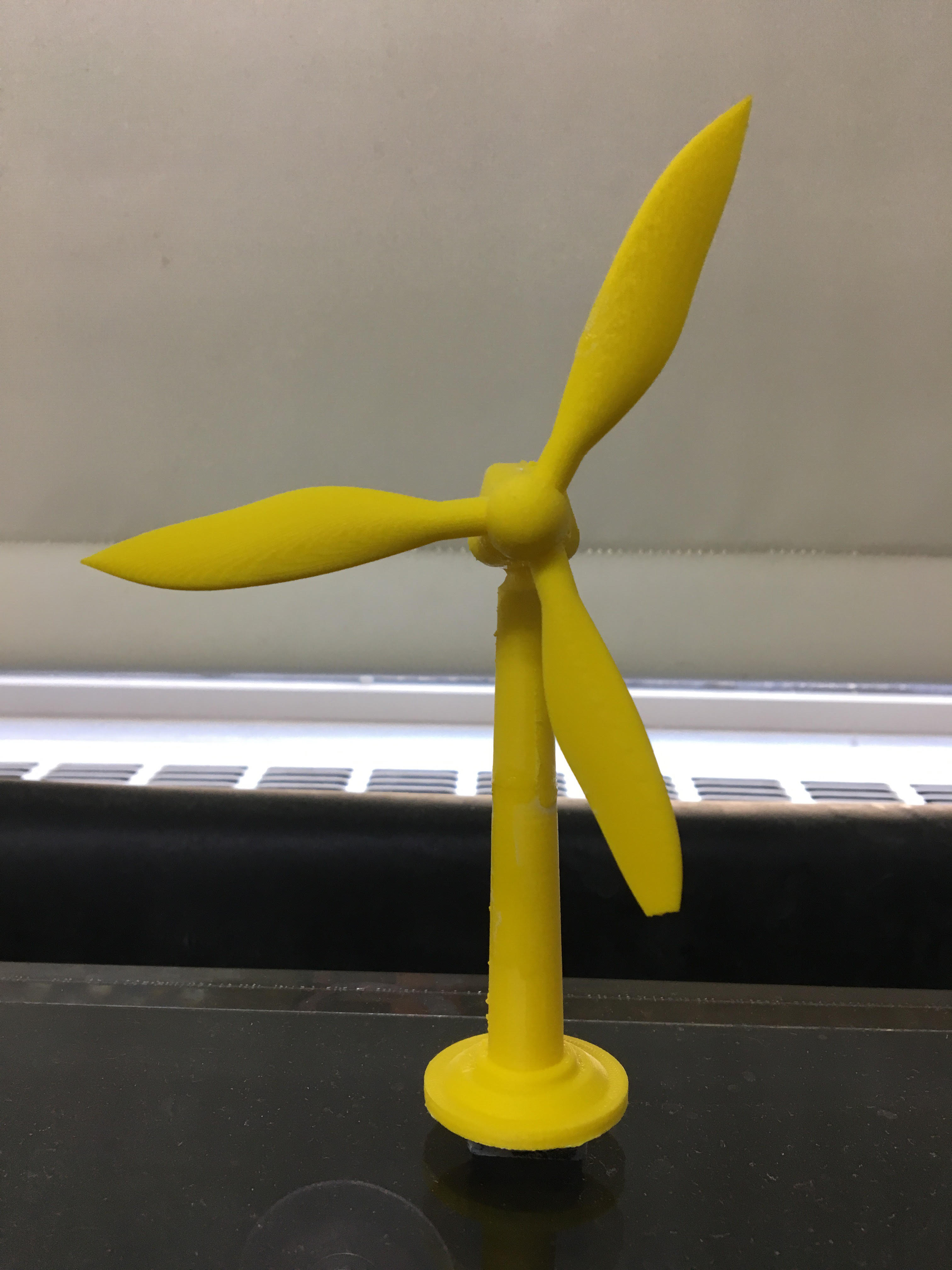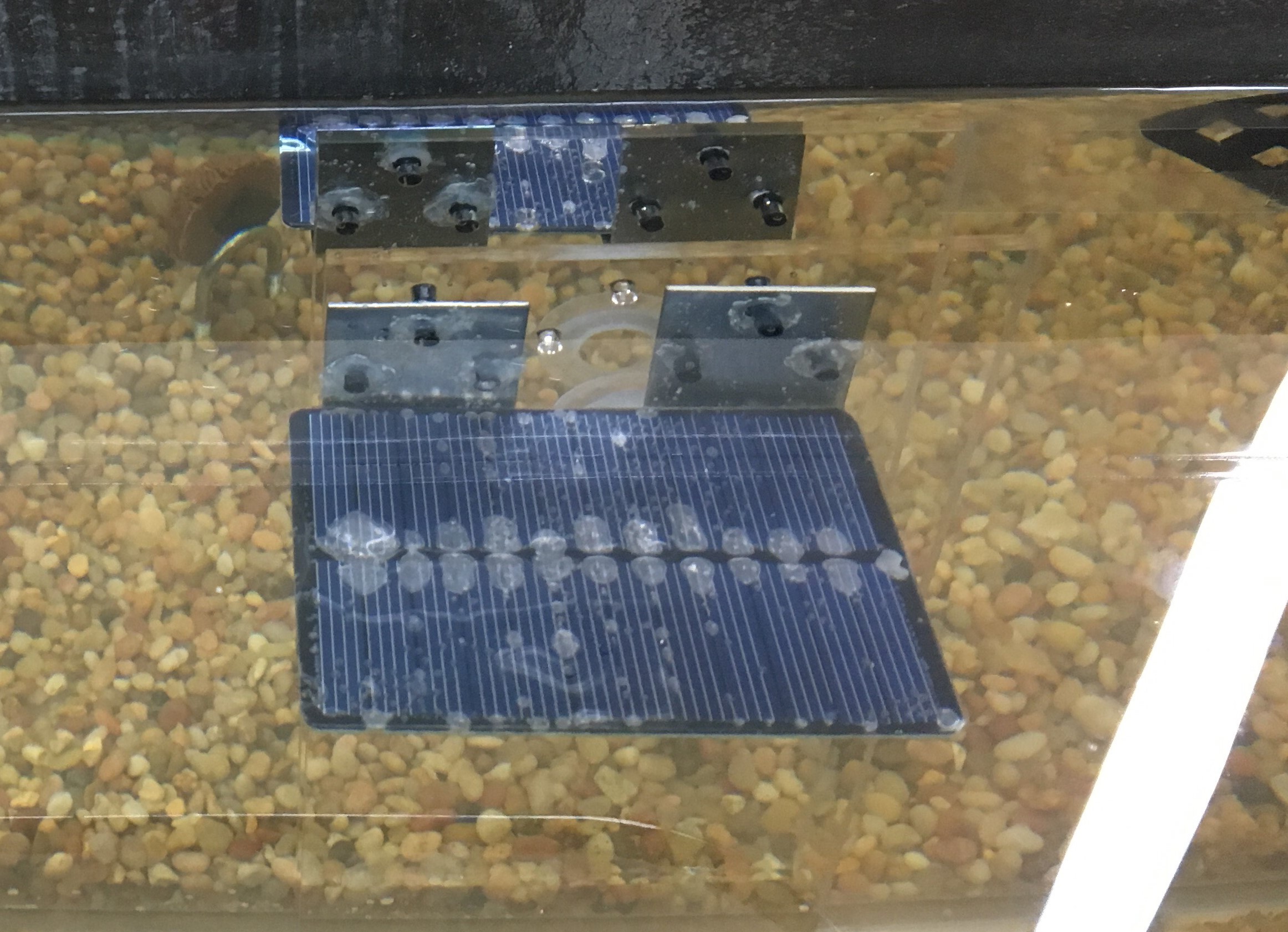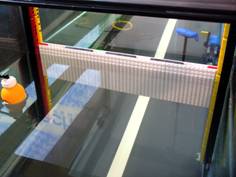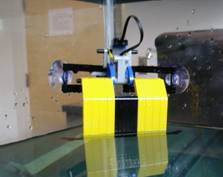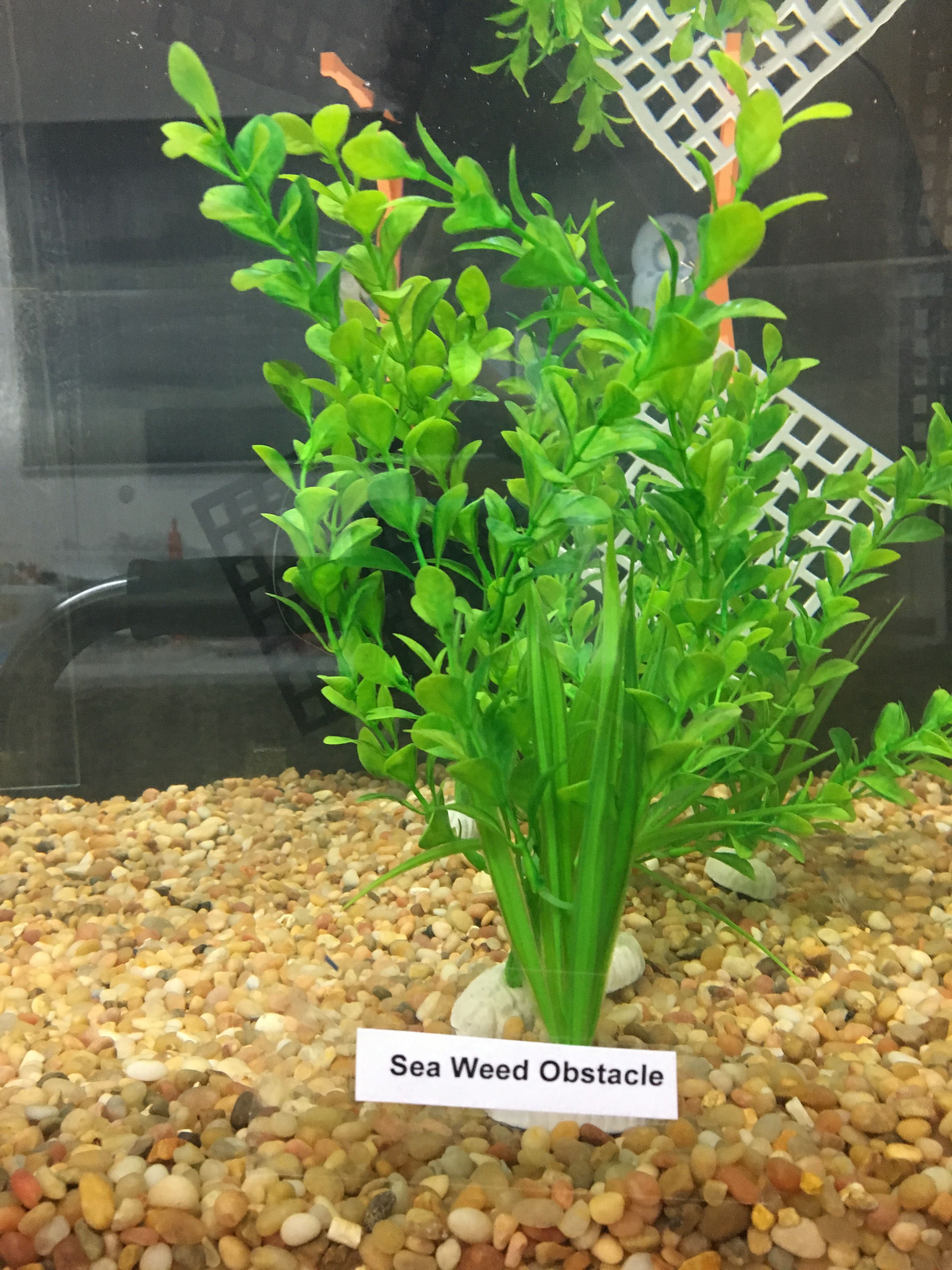Autonomous Underwater Vehicle (AUV)
RFP*: AUV(Autonomous Underwater Vehicle)
* RFP is an acronym for Request For Proposal. Internationally, RFPs are called ITTs, an acronym for Invitation To Tender governmental agencies use RFPs to solicit new business.
INTRODUCTION AND OVERVIEW
The Space and Naval Warfare Systems Center (SSC) was created to encourage the development of technologies which facilitated the acquisition, transmittal and processing of information for the U.S. Navy.
The SSC has begun work on a new sea lab located, 20 miles off the south coast of New Fronts Ports, Florida. The new facility currently serves as home base for scientists, technicians and engineers charged with the facilities completion. When fully operational the base will serve as a port for naval and marine research. Completion of the new site poses many challenges for those teams assigned to complete construction. It is remote and the weather is brutal.
In order to free up the station’s personnel for more important tasks, the SSC has requested a proposal for an autonomous underwater vehicle (AUV) that will be able to perform specific tasks at the sea lab and help speed completion of the project.
The winning bid will be the one that is both innovative and cost effective. SCC anticipates using this robot on all its sea labs in the future. Please describe your company and its lead employees and discuss other projects you have completed that are similar to this one. Please refer to the specifications that follow as you prepare your proposal. The format outlined in the Technical Communication section of this manual is the one you should use.
SPECIFICATIONS
Design a robot using MLCAD as your primary design tool. Your team must build a model of your design using the materials provided. A RoboLAB program that will direct the robot's movements must be created. A cost estimate of the robot's components must be provided. All revisions to the original design must be recorded and explained: this includes technical design drawings, as well as cost estimates. All revisions to the RoboLAB program must be recorded and explained.
The AUV must be able to navigate autonomously around the test tank. The robot must achieve at least in 5 minutes. The tasks may be selected from the list of tasks below. The dimensions of the robot may not exceed one foot in any direction. There are three categories of AUVs; skimmer, diving, and ground. Skimmer robots are those which travel strictly on the surface of the water, deploying cranes, booms, or tow lines to accomplish their tasks. Diving robots are those with the ability to adjust their depth in the water, artificially hovering over and under obstacles. Ground AUVs are robots which only have the ability to operate on the bottom of the water and do not have the ability to control their depth in the water.
These specifications must be met for final commissioning. Please refer to the course syllabus for all due dates.
AUV FIELD
Figure 1: AUV navigation field
Objects are placed at different locations across the terrain. The completion of each task listed below has a specified point value. Task numbers correspond to the location numbers on this map. Point values are also noted.
AUV TASKS
Other course features
IMPORTANT
Only the specified waterproofed sensors may be used. The RCX must be enclosed in the modified Pelican 1010 case at all times when testing. Tethered robots are allowed but the RCX (inside the modified Pelican) must be inside the fish tank and not touched by any person. A TA must check and approve your design before your first initial testing.
The AUV robot may start in any location and depth in the starting zone, however the robot may not be touch any of the field objects during the initial start.
The robot program may not be altered or switched during any part of the mission. Likewise, the robot must be fully autonomous and therefore cannot be touched by any person during testing.
If at any point water is spilled onto the RCX, power down the RCX and remove its batteries. DO NOT turn the RCX on again. Contact a TA immediately and they will perform the necessary procedure to preserve the electronic device from damages.
For safety reasons the use of the AC adaptor is strictly prohibited for the AUV project while in the room 573A. The AC adaptor is connected directly to a 120V AC source that could lead to serious injury if contacted with water. Also only the specified waterproofed sensors and cases may be used in the test tank.
Please Note:
Some areas of the AUV navigation field are smooth; other areas have obstructions. The objects and landscape are constructed out of LEGO pieces. Any robot that intentionally damages the course, or deemed unsafe for the aquarium will not be allowed to be tested.
During the competition, the instructors or your TA will make all judgments as to the successful completion of tasks. Protests will not be considered.
Creativity and innovation are always rewarded. Original designs will receive extra credit.
MICROSOFT PROJECT
Your team must create a time management plan using Microsoft Project (MS Project). You can learn Microsoft Project by doing the MS Project Skill Builder contained elsewhere in this manual. This plan must include all tasks related to the project. Each task must be named, assigned a duration, assigned to a specific person, (or people) and ranked in importance relative to the other tasks you have identified. You must begin your work by creating an MS Project plan. Follow your project plan throughout the semester. If the team falls behind schedule, explain the reasons for the delays when you present your progress reports, list the steps being taken to get the project back on track, and create a revised MS Project plan.
For help in planning your project, review the page called How to plan the schedule and calculate costs for a project in the section called Material to help you with the project elsewhere in this manual.
There should be at least twenty tasks/subtasks and three Milestones. Milestones should be noted with the duration of "0day". Moreover, the copy picture function included in MS Project Software should be used instead of the print screen function of the computer.
DRAWINGS
A command of MLCAD is necessary for you to complete the drawings required for this project. Use MLCAD to create four drawings of your robot: front, top, most detailed side, and a drawing of your gear trains. Sensors, motors, and gears must be included in each drawing. All parts used in the robot must be referred to using the part number found in the price list.
Each revision of your design must be documented. This is done by saving the old side view drawing, and assigning a revision number to the new drawing.
[image:Auv9.gif]
Figure 3: Sample isometric image from MLCAD (without part numbers)
MODEL
You must build a scale model (1:1) of your design. The following materials will be provided:
- RoboLAB kit
- One RCX
- Water proofed Sensors
- Motors
- Water proof Pelican1010 case
***Additional weights (ballast) and floatation devices (Styrofoam, air tanks) are allowed, but must be provided by the student, all additional materials must be deemed acceptable by either the professor or the TA, if they are deemed unsafe for the devices or hazardous to the course, they must be immediately removed before any additional testing is permitted.
Additional materials can be supplied by your TA.
[image:Auv10.jpg]
Figure 4: Photographs of some past robot models constructed from provided materials
COST ESTIMATE
Once a robot design is complete, a cost estimate must be generated that specifies the cost of all the materials and labor required for the construction of your design. Tabulate this cost information clearly in an Excel spreadsheet, using the materials cost list provided. You can get help in calculating the cost by reviewing the page called [http://egmanual.poly.edu/index.php?title=How_to_plan_the_schedule_and_calculate_costs_for_a_project How to plan the schedule and calculate costs for a project] in the section called Material to help you with the project elsewhere in this manual. The costs for the parts can be found on the page [http://egmanual.poly.edu/images/b/bc/Legoprice.pdf Price list for Lego parts for robot projects] in the Material to help you with the project section elsewhere in this manual.
Have all the materials and parts used categorized in different groups instead of including individual parts. Make sure to include the units of each part used in a group and total them up for that individual group. Moreover, the cost of labor should be included. You can get help on the labor cost by reading the page [http://egmanual.poly.edu/index.php?title=How_to_plan_the_schedule_and_calculate_costs_for_a_project How to plan the schedule and calculate costs for a project in the section called Material to help you with the project elsewhere in this manual.
MILESTONES
As you work on your project, you will be required to present periodic reports on your progress. We call these Milestones. All the items assigned in each Milestone are called deliverables. These deliverables often consist of a combination of written submissions, presentations, and demonstrations.
Have all the materials and parts used categorized in different groups instead of including individual parts. Make sure to include the units of each part used in a group and total them up for that individual group. Moreover, the cost of labor should be included. You can get help on the labor cost by reading the page "How to plan the schedule and calculate costs for a project" in the "Material to help you with the project" section of the online manual.
Milestone 1
Prepare a preliminary sketch of your design, a cost estimate, and an MS Project plan.
Look Ahead: What tasks do you plan between now and Milestone 2?
Milestone 1 Deliverables: A presentation. Include the preliminary sketch, cost estimate, and MS Project plan. Include a brief description of the robot and any special features and benefits of your design.
Note: Whenever you revise your drawing(s), your cost estimate, or your MS Project plan, you must include the initial drawing, the initial cost estimate, or the initial MS Project plan, in addition to the revision.
Milestone 2
Using MLCad, prepare four views of your
latest design: front, top, most detailed side, and an isometric drawing. Create an MLCad drawing of your gear trains. Complete your latest RoboLAB program and your latest MS Project plan reflecting any schedule changes. Finally, calculate a revised cost estimate. A signed Component Testing Form must be submitted to your Recitation TA. Note specialized non Lego equipment can be excluded from the
MLCAD
Look Ahead: What tasks do you plan between now and Milestone 3?
Milestone 2 Deliverables: A copy of your presentation slides that includes four views of your design using MLCad: front, top, most detailed side, and an isometric drawing; an MLCad drawing of your gear trains; your RoboLab program; a revised cost estimate; your revised MS Project plan; and your signed Component Testing Form.
Note: Whenever you revise your drawing(s), your cost estimate, or your MS Project plan, you must include the initial drawing, the initial cost estimate, or the initial MS Project plan, in addition to the revision.
Milestone 3
Using MLCad, prepare four views of your
latest design: front, top, most detailed side, and an isometric drawing. Create an MLCad drawing of your gear trains. Complete your latest RoboLAB program and your latest MS Project plan reflecting any schedule changes. Finally, calculate
a revised cost estimate.
Look ahead: What tasks do you plan between now and the completion of the project?
Milestone 3 Deliverables: A copy of your presentation slides that includes four views of your design using MLCad: front, top, most detailed side, and an isometric drawing; an MLCad drawing of your gear trains; your RoboLab program; a revised cost estimate; and your revised MS Project plan.
Note: Whenever you revise your drawing(s), your cost estimate, or your MS Project plan, you must include the initial drawing, the initial cost estimate, or the initial MS Project plan, in addition to the revision.
FINAL PRESENTATION
The exact specifications for your final presentation will be provided by your instructor. Some of these requirements will be: the features and benefits of your design, project specifications, all drawings, RoboLAB programs, cost estimates, and your completed MS Project. After you deliver your final presentation, you will proceed to the Model Shop to have your work commissioned (tested). A signed Commissioning Statement must be included with your final presentation materials.
Final Proposal Cover Letter: Refer to the Technical Communication section of this manual for specifics on the preparation of your cover letter. This document is the final written report describing your design project. Remember that proposals must be persuasive in tone.
The Appendix must include your initial sketch, all the drawings of your final design, the final RoboLAB program, the final MS Project, and the final cost estimate. Be sure to include photographs your final model.
EARLY ACCEPTANCE
If you complete your project one week early, you are eligible for a bonus that will be added to your final semester-long project grade. You must submit all deliverables by 5PM one week before your section is scheduled to present (see syllabus for exact date). To commission early, all required information on the form titled Early Acceptance of Semester Project, found on the EG web site, must be approved, accepted, and signed by a TA. The deliverables received early are the ones you will use in your presentation. No adjustments to the deliverables commissioned will be accepted.
LIQUIDATED DAMAGES
If you do not complete all your deliverables and do not commission during the Final Presentation, you will incur liquidated damages for the next five business days. From business day 6 to day 10 you will incur increased liquidated damages. If your project is 10 business days late, you will lose all of the credit for your semester project.

